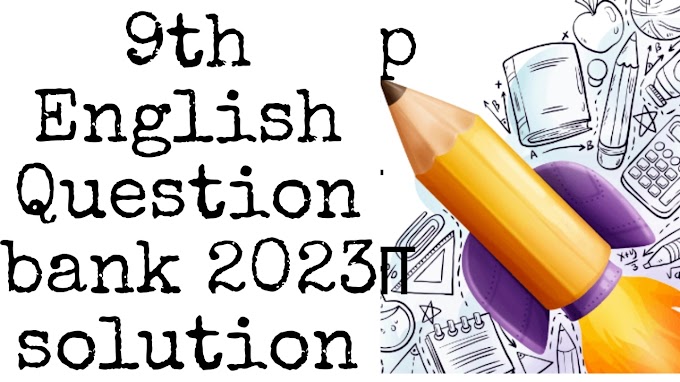Strategy Of 6r's- Reduce, Reuse, Recycle, Recover, Redesign, Remanufacture eassy pdf
The 6Rs Many consumers are trying to think of the environment and sustainability when they buy
things; they are thinking of 'green' issues. Designers and manufacturers are required by law to try to
reduce the environmental impact of the products they create. Six keywords summarise approaches that
can be taken by the consumer, the designer, the manufacturer and the retailer:
Reduce
Refuse
Recycle
Rethink
Reuse
Repair.
Objectives
Understand the meaning of the 6Rs. Name and explain examples for each category
Key terms 6Rs: six words beginning with the letter R. Each describes an action that can be taken
to reduce the environmental impact of products.
RA
No deposit,
no return,
no kerbside
collection
Reduce
Consumers need to look to reduce the number of products they buy, or consider buying products that
use less energy. Manufacturers are looking to design products that: have less materials in the product
take less energy to manufacture need less packaging during transport.
Retailers can reduce carbon emissions by transporting products
straight to the consumer from the place of manufacture, instead of via warehouses and shops.
 |
| 6r's- Reduce, Reuse, Recycle, Recover, Redesign, Remanufacture eassy |
Recycle
Products are converted back to their basic materials and remade into new products. Examples include:
Glass crushed, melted and made into new bottles. Aluminium cans melted down to make new products. Plastic bottles recycled into drainage pipes and clothing. (It takes 25 two-litre plastic bottles to make one fleece.) Designers and manufacturers of products need to design products for recycling. Car manufacturers are obliged to label all plastic parts in new cars to aid recycling of all those parts. Electrical and electronic products now have to include recycling instructions for the consumer.
These state that products should be taken to special recycling points at the end of their life. Many local councils now collect materials that can be recycled separately from normal domestic waste. Products collected include cardboard packaging, steel and aluminium food cans, plastic bottles, glass bottles and jars.
Reuse
Glass milk bottles are a classic product that is reused. A more recent product that can be reused is a
printer cartridge, which can be refilled. Some products have filters that can be washed rather than using disposable, single-use filters.Consumers could sell or donate products they no longer use
themselves, so that someone else can use them.
#
Precycling: delaying the recycling or disposal of products, by repairing, reusing, or refusing.
Designers need to consider how a product may be dismantled at the end of its life so that parts may be reused.
Refuse
The consumer has the choice as to whether they buy a product or not.
They can ask the following questions:
• Should they refuse the product because it is too inefficient (in use,
or in its use of materials)?
• Should they refuse the product because its packaging creates too
much waste? (Disposable cups from the coffee shop, plastic carrier
bags from the supermarket, plastic water bottles.)
The designer and manufacturer have an increasing need to think about
how the consumer will react to their products; will they refuse them?
Rethink
Consumers can ask the question, “Do I really need this product?" (Do
you really need to replace your mobile phone every year?)
Designers and manufacturers can make products that do the same job
more efficiently. They can design the packaging so that it is easier to
recycle (for example, by making the packaging from a single material).
Repair
Designers have a responsibility to design products that can be repaired
more easily. It takes fewer resources to replace a part of a product, than
to replace the whole item.






